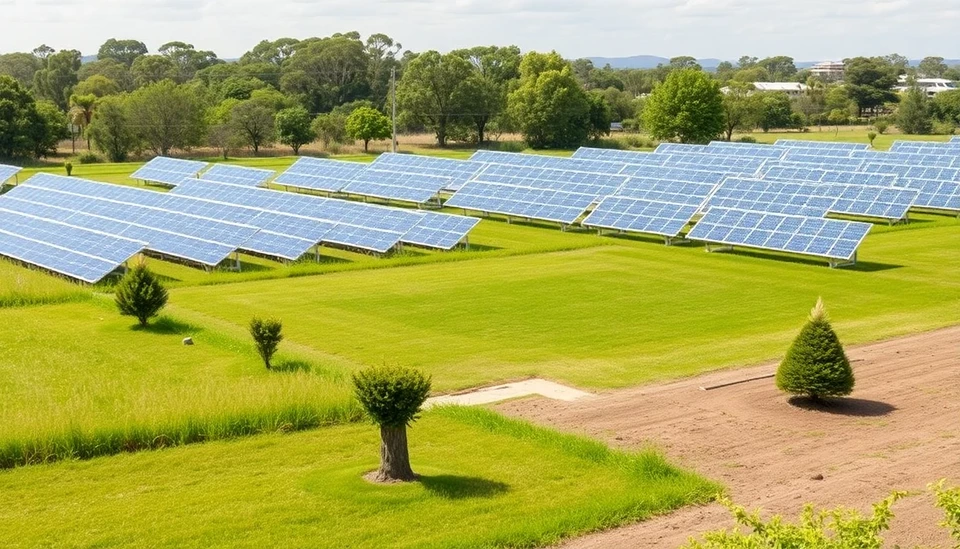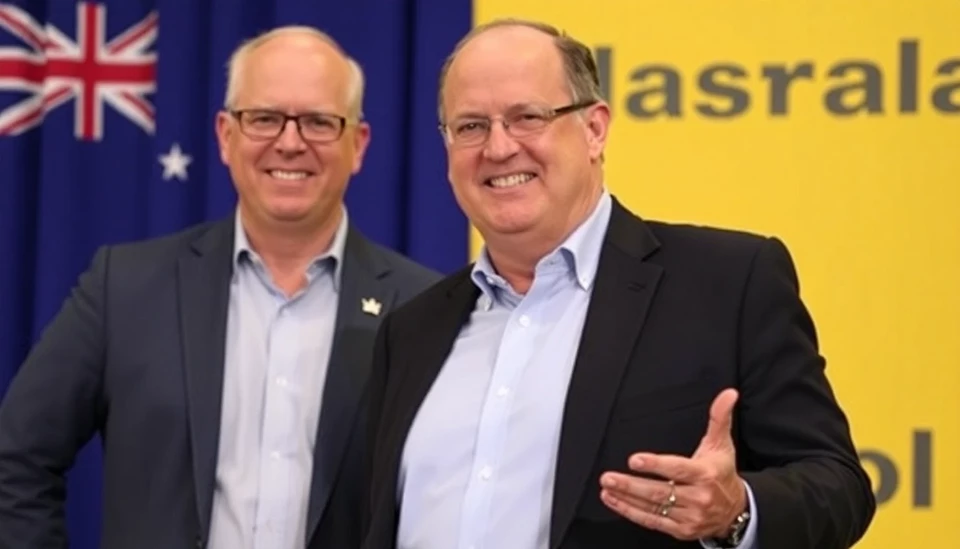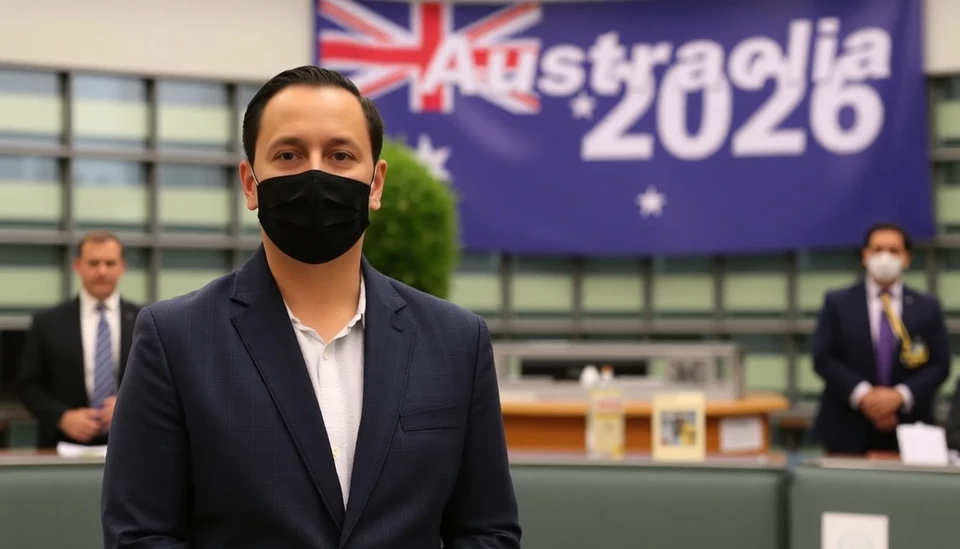
In a decisive move to rejuvenate its stalled green investment sector, the Australian government has unveiled a substantial injection of $2 billion into the Clean Energy Finance Corporation (CEFC). This initiative aims to catalyze funding for renewable energy projects and other environmentally sustainable ventures that have encountered financial roadblocks in recent months.
As global concerns over climate change intensify, particularly with the deteriorating state of the environment, Australia is stepping up its commitment to a greener future. The funding will be utilized to support new initiatives and bolster existing projects aimed at reducing carbon emissions and promoting sustainable practices across various industries.
The decision comes at a time when many green projects in Australia have experienced significant delays, primarily due to economic uncertainties and rising costs. Paul Fennell, the CEFC's Chief Executive Officer, expressed optimism about the government's commitment, stating that the additional funding would create meaningful opportunities for investors and stimulate economic growth in the green sector.
The Australian government’s investment strategy foregrounds an urgent push toward renewable energy sources, aiming to transition away from fossil fuels while fostering innovation within the green technology space. The CEFC, as Australia’s key green investment body, will prioritize funding for solar, wind, and other renewable energy projects, as well as initiatives that enhance energy efficiency and support the transition to electric vehicles.
This financial boost appears to align with Australia’s broader sustainability goals, particularly its targets for net-zero emissions by 2050. By galvanizing private sector investment and increasing public funding, authorities hope to set a robust precedent for ambitious climate action and to reignite investor confidence in green technologies.
Alongside this financial commitment, the government is expected to launch detailed strategies aimed at streamlining regulatory processes that currently hinder the speed of project implementation. By eliminating bureaucratic hurdles, the initiative seeks to attract both domestic and international investors who are increasingly keen to invest in sustainable projects, particularly in light of growing environmental awareness.
The Australian Prime Minister, in a recent statement, emphasized the need for collaborative efforts to address climate challenges while promoting economic resilience. He reaffirmed that this initiative would not only bolster the green sector but also create job opportunities, thereby contributing positively to the national economy.
Critics have previously raised concerns about the pace of the transition to a greener economy, fearing that investment shortfalls could hinder Australia’s long-term climate objectives. However, with this new funding momentum, the government aims to mitigate these concerns and establish Australia as a leader in the global green economy.
As the world observes Australia's proactive steps towards environmental sustainability, all eyes will be on how effectively these funds can be mobilized and whether they can truly reverse the trend of dwindling private investment in the green sector.
In summation, the Australian government's $2 billion investment in the CEFC marks a pivotal step in addressing the urgent need for increased funding in the renewable energy sector. By combining public finance with private investment, Australia is not only investing in its own sustainable future but also contributing to the global fight against climate change.
#Australia #GreenInvestment #CleanEnergy #Sustainability #RenewableEnergy #ClimateAction #EconomicGrowth #CEFC
Author: Megan Clarke




